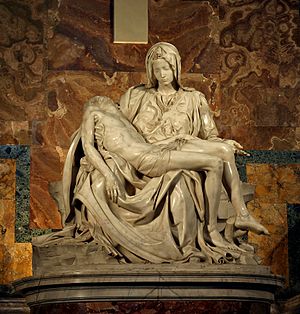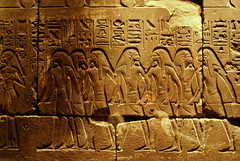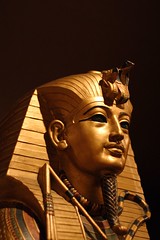Need: 5 buttons
wire, mine is 20" long for small star
skinny twine
 We used Enamels and Porcelaine brand paint for ceramic and glass. (Not sure if this is allowed in a school classroom b/c of safety restrictions - I did this lesson in one of my home art classes.)
We used Enamels and Porcelaine brand paint for ceramic and glass. (Not sure if this is allowed in a school classroom b/c of safety restrictions - I did this lesson in one of my home art classes.)


This is the example I showed the students. I explained how I painted orange background first, flowers&butterfly, and blue sky last and left some orange areas showing.
I had to reiterate a few times that the orange parts are showing on purpose, and it took some reminders to get the kids to "stop" painting before their entire background color was covered. (I'm sure you're familiar with the students in your class who will keep on painting, until an adult says....."Hmmm, do you think your art might be finished?"...or, I confess, sometimes those aren't the exact words I've used.)
 Image via Wikipedia
Image via Wikipedia
 Image via Wikipedia
Image via Wikipedia


 After tracing their animals, students created light, medium and dark blue or red to be used for painting their animal.
After tracing their animals, students created light, medium and dark blue or red to be used for painting their animal. 


 Image by riacale via Flickr
Image by riacale via Flickr





 Image by Sanandreas via Flickr
Image by Sanandreas via Flickr



